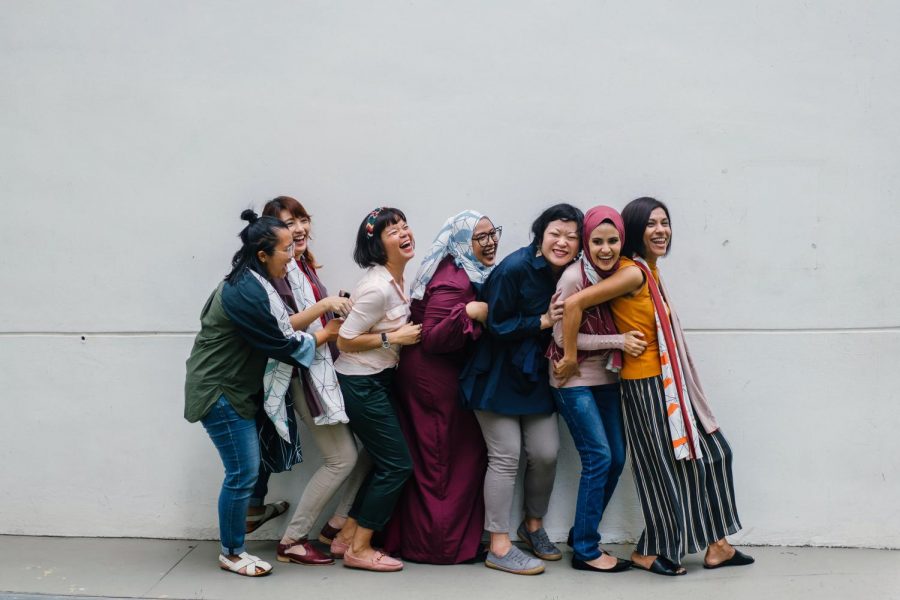The Story of International Women’s Day
In the year 1910, a second International Conference of Working Women had met in Copenhagen, alive with excitement on the prospect of change and the glimpse of potential progression toward gender equality. Among this crowd was one Clara Zetkin, who led the Women’s Office for the Social Democratic Party of Germany, and was prepared to make her dent in the history books. Zetkin would be the one to suggest an International Women’s Day, a suggestion that would be echoed among all the attendees. This was to be a holiday observed by every nation of the world and seen in the celebrations by any and all genders, race or ethnicities that wished to partake in such an event. Since then, International Women’s Day continues to be a profound reminder of the excellence and strength shared by women across the globe, both of past and present.
Zetkin’s proposal for an International Women’s Day depended on the positive reception of her fellow attendees at the conference- no easy task considering there were over 100 women there from 17 different countries that sported a diversity of opinion. But Zetkin needn’t have worried for her idea was met with unanimous approval, thus allowing for the establishment of the holiday. The news of IWD spread like wildfire across the globe and spoke to the millions of women who had waited with bated breath on getting the recognition that females have had on benefiting society.
The glee over IWD could be almost instantly observed, when in 1911 Austria, Denmark, Germany and Switzerland held events to honor the day on March 19. This included rallies that prioritized equalizing the work-field for women and obtaining the right to vote. Millions of men and women alike would take to the streets to march in support of a societal embracement of gender equality, a sentiment that would continue to touch all corners of the world as International Women’s Holiday was recognized by more and more countries.
Today, IWD continues to serve an important role in both praising the strides women have made in the advancement of their gender, and acknowledging the still-present barriers that exist for them. No more evident are those obstacles than those that exist for women of color, who still continue to be at the forefront of the feminism movement as well as the fight for racial equality. It is not enough for White women alone to claim a life absent of sexism, that ideal must be extended to ladies of all races who must be recognized as deserving freedom. And with the passion and bravery existing in girls today, just as loud and powerful as it was on that fateful day in 1910, the idea of equality for all doesn’t have to remain just an idea.


